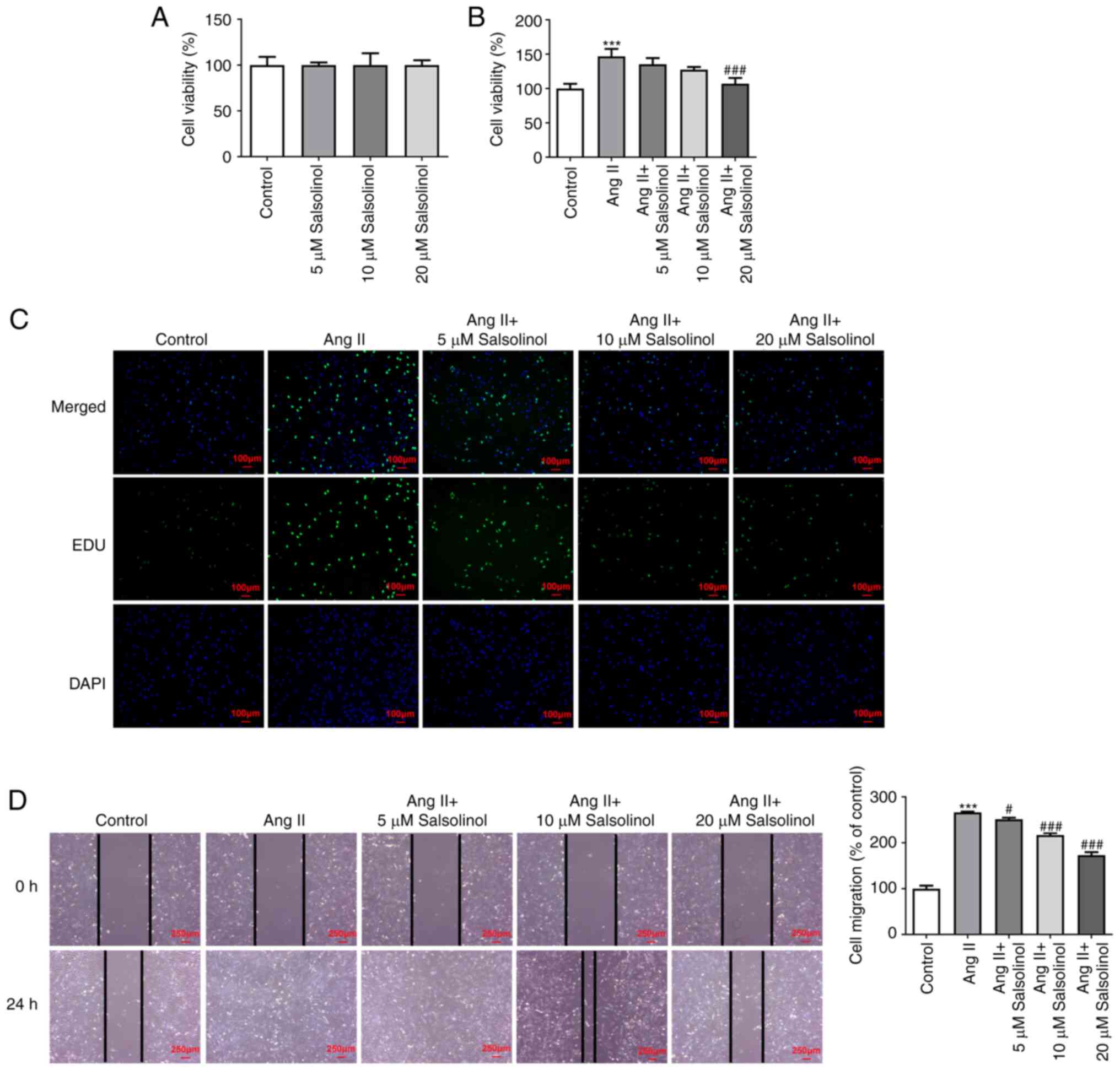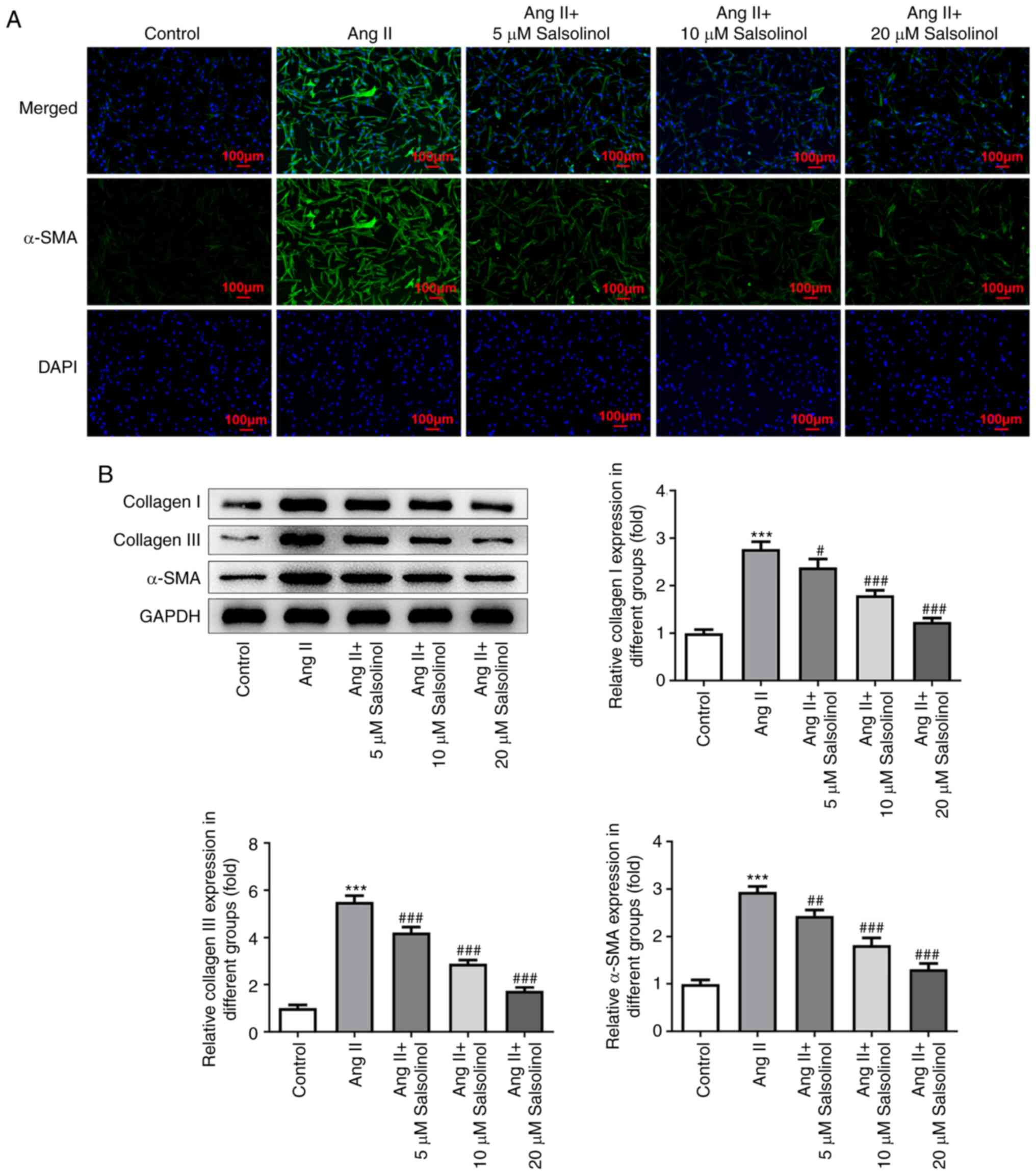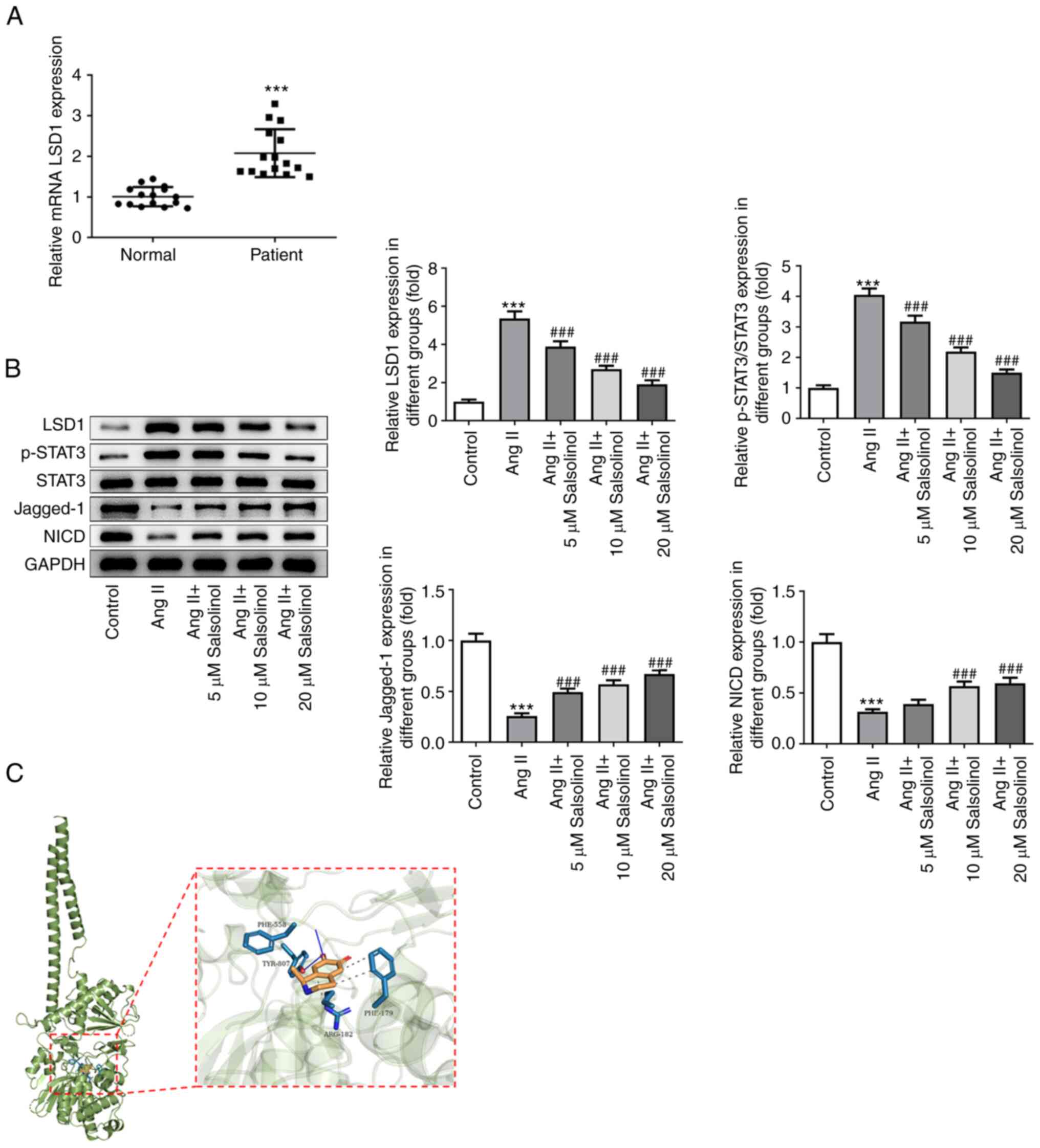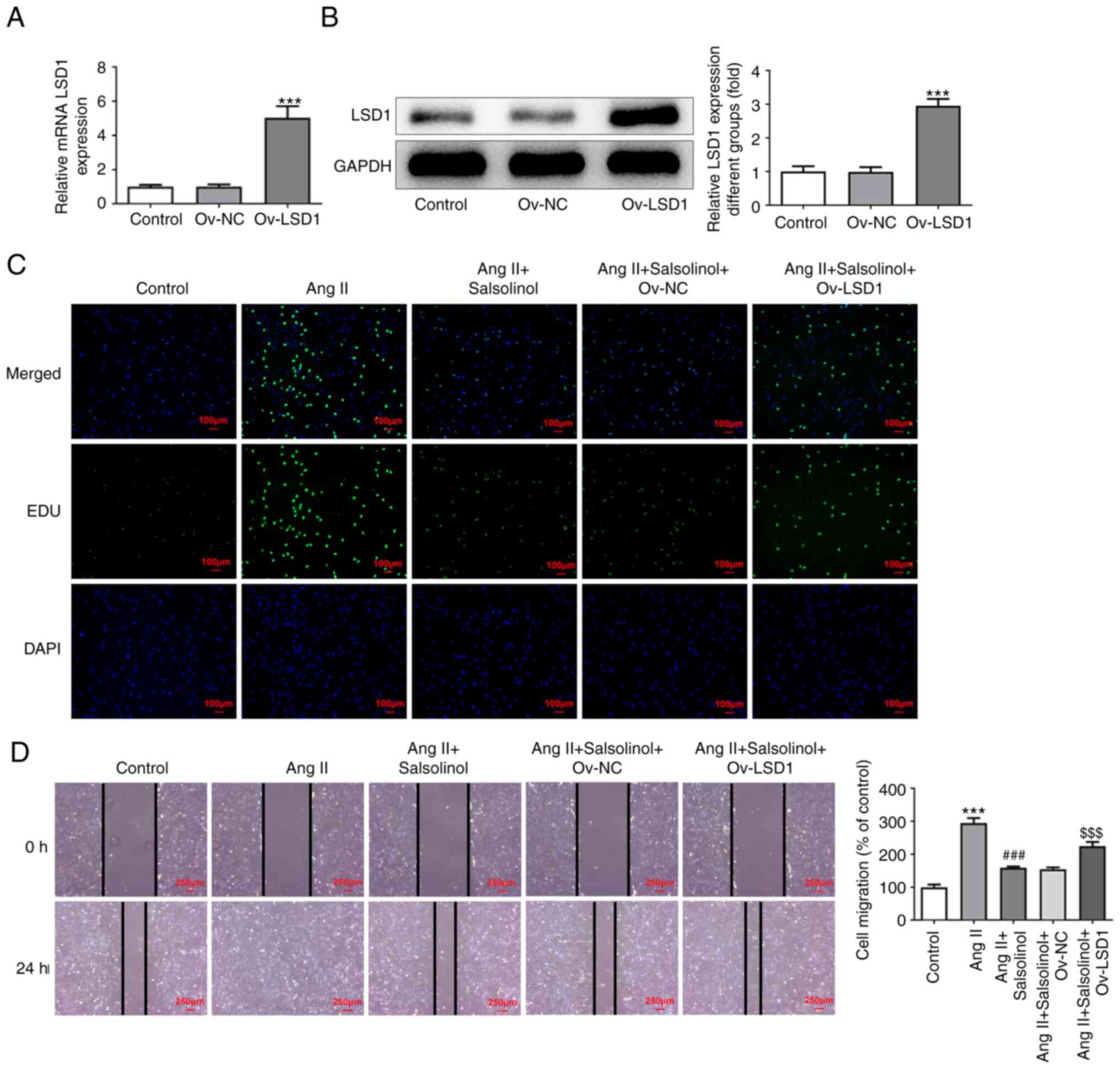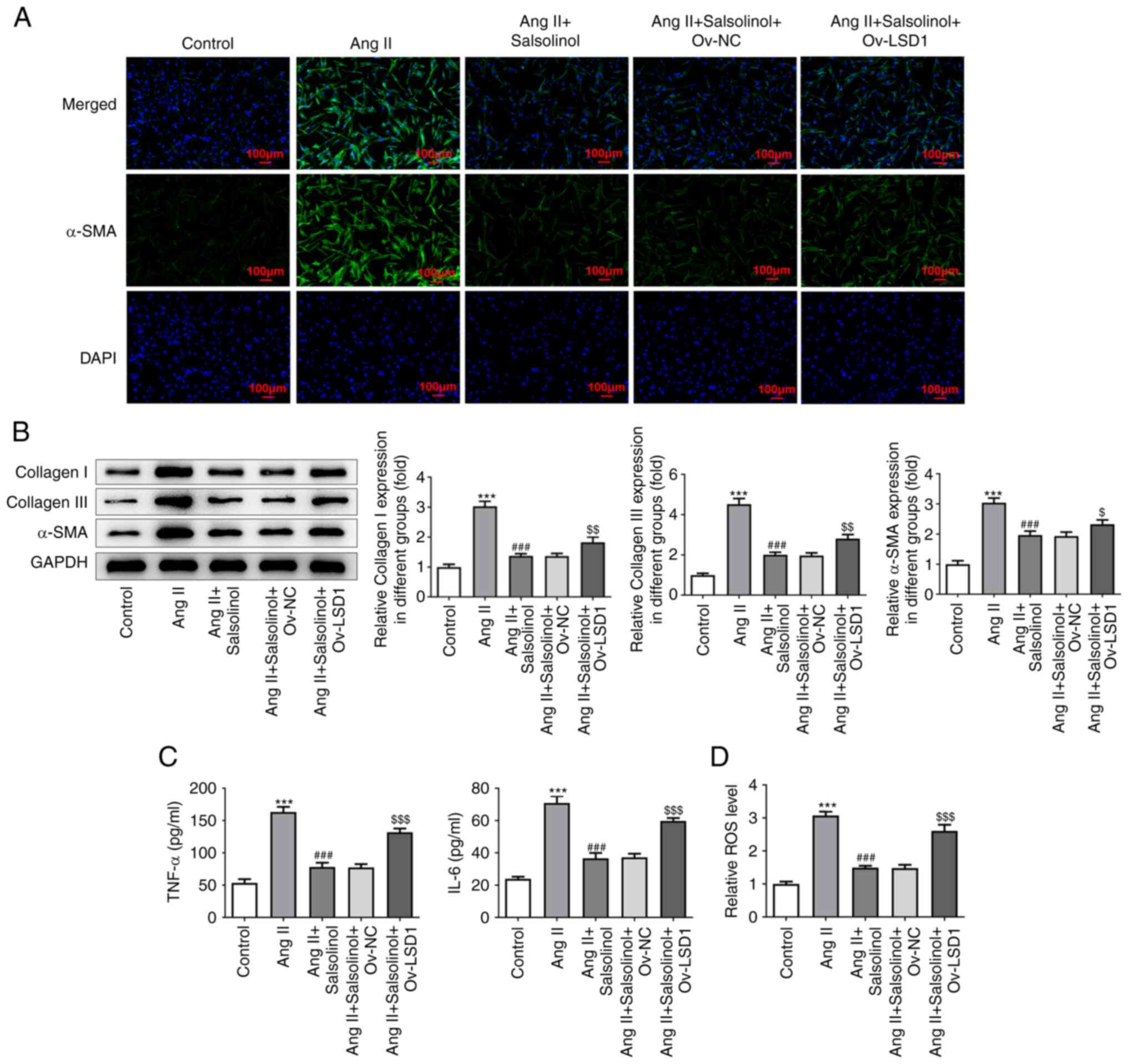|
1
|
Kennelly P, Sapkota R, Azhar M, Cheema FH,
Conway C and Hameed A: Diuretic therapy in congestive heart
failure. Acta Cardiol. 77:97–104. 2022.PubMed/NCBI View Article : Google Scholar
|
|
2
|
Abdelbasset WK and Alqahtani BA: A
randomized controlled trial on the impact of moderate-intensity
continuous aerobic exercise on the depression status of middle-aged
patients with congestive heart failure. Medicine (Baltimore).
98(e15344)2019.PubMed/NCBI View Article : Google Scholar
|
|
3
|
Wen J, Li M, Zhang W, Wang H, Bai Y, Hao
J, Liu C, Deng K and Zhao Y: Role of higenamine in heart diseases:
A mini-review. Front Pharmacol. 12(798495)2022.PubMed/NCBI View Article : Google Scholar
|
|
4
|
Liu M, Li Y, Tang Y, Zheng L and Peng C:
Synergistic effect of aconiti lateralis radix praeparata
water-soluble alkaloids and ginseng radix et rhizoma total
ginsenosides compatibility on acute heart failure rats. J
Chromatogr B Analyt Technol Biomed Life Sci.
1137(121935)2020.PubMed/NCBI View Article : Google Scholar
|
|
5
|
Xu X, Xie X, Zhang H, Wang P, Li G, Chen
J, Chen G, Cao X, Xiong L, Peng F and Peng C: Water-soluble
alkaloids extracted from aconiti radix lateralis praeparata protect
against chronic heart failure in rats via a calcium signaling
pathway. Biomed Pharmacother. 135(111184)2021.PubMed/NCBI View Article : Google Scholar
|
|
6
|
Yang Y, Hu P, Zhou X, Wu P, Si X, Lu B,
Zhu Y and Xia Y: Transcriptome analysis of aconitum carmichaelii
and exploration of the salsolinol biosynthetic pathway.
Fitoterapia. 140(104412)2020.PubMed/NCBI View Article : Google Scholar
|
|
7
|
Wen J, Zhang L, Liu H, Wang J, Li J, Yang
Y, Wang Y, Cai H, Li R and Zhao Y: Salsolinol attenuates
doxorubicin-induced chronic heart failure in rats and improves
mitochondrial function in H9c2 cardiomyocytes. Front Pharmacol.
10(1135)2019.PubMed/NCBI View Article : Google Scholar
|
|
8
|
Zhang S, Liu M, Yao Y, Yu B and Liu H:
Targeting LSD1 for acute myeloid leukemia (AML) treatment.
Pharmacol Res. 164(105335)2021.PubMed/NCBI View Article : Google Scholar
|
|
9
|
Guenantin AC, Jebeniani I, Leschik J,
Watrin E, Bonne G, Vignier N and Pucéat M: Targeting the histone
demethylase LSD1 prevents cardiomyopathy in a mouse model of
laminopathy. J Clin Invest. 131(e136488)2021.PubMed/NCBI View Article : Google Scholar
|
|
10
|
Huo JL, Jiao L, An Q, Chen X, Qi Y, Wei B,
Zheng Y, Shi X, Gao E, Liu HM, et al: Myofibroblast deficiency of
LSD1 alleviates TAC-induced heart failure. Circ Res. 129:400–413.
2021.PubMed/NCBI View Article : Google Scholar
|
|
11
|
Bao J, Ye C, Zheng Z and Zhou Z: Fmr1
protects cardiomyocytes against lipopolysaccharide-induced
myocardial injury. Exp Ther Med. 16:1825–1833. 2018.PubMed/NCBI View Article : Google Scholar
|
|
12
|
Evans DA: History of the harvard ChemDraw
project. Angew Chem Int Ed Engl. 53:11140–11145. 2014.PubMed/NCBI View Article : Google Scholar
|
|
13
|
Lin Z, Zhang Z, Ye X, Zhu M, Li Z, Chen Y
and Huang S: Based on network pharmacology and molecular docking to
predict the mechanism of Huangqi in the treatment of
castration-resistant prostate cancer. PLoS One.
17(e0263291)2022.PubMed/NCBI View Article : Google Scholar
|
|
14
|
Zhang Y, Liu X, Long J, Cheng X, Wang X
and Feng X: Exploring active compounds and mechanisms of angong
niuhuang wan on ischemic stroke based on network pharmacology and
molecular docking. Evid Based Complement Alternat Med.
2022(2443615)2022.PubMed/NCBI View Article : Google Scholar
|
|
15
|
Livak KJ and Schmittgen TD: Analysis of
relative gene expression data using real-time quantitative PCR and
the 2(-Delta Delta C(T)) method. Methods. 25:402–408.
2001.PubMed/NCBI View Article : Google Scholar
|
|
16
|
Yu H, Basu S and Hallow KM: Cardiac and
renal function interactions in heart failure with reduced ejection
fraction: A mathematical modeling analysis. PLoS Comput Biol.
16(e1008074)2020.PubMed/NCBI View Article : Google Scholar
|
|
17
|
González A, Schelbert EB, Diez J and
Butler J: Myocardial interstitial fibrosis in heart failure:
Biological and translational perspectives. J Am Coll Cardiol.
71:1696–1706. 2018.PubMed/NCBI View Article : Google Scholar
|
|
18
|
Rao M, Wang X, Guo G, Wang L, Chen S, Yin
P, Chen K, Chen L, Zhang Z, Chen X, et al: Resolving the
intertwining of inflammation and fibrosis in human heart failure at
single-cell level. Basic Res Cardiol. 116(55)2021.PubMed/NCBI View Article : Google Scholar
|
|
19
|
Kurose H: Cardiac fibrosis and
fibroblasts. Cells. 10(1716)2021.PubMed/NCBI View Article : Google Scholar
|
|
20
|
Tallquist MD: Cardiac fibroblast
diversity. Annu Rev Physiol. 82:63–78. 2020.PubMed/NCBI View Article : Google Scholar
|
|
21
|
Liu M, López de Juan Abad B and Cheng K:
Cardiac fibrosis: Myofibroblast-mediated pathological regulation
and drug delivery strategies. Adv Drug Deliv Rev. 173:504–519.
2021.PubMed/NCBI View Article : Google Scholar
|
|
22
|
Maruyama K and Imanaka-Yoshida K: The
pathogenesis of cardiac fibrosis: A review of recent progress. Int
J Mol Sci. 23(2617)2022.PubMed/NCBI View Article : Google Scholar
|
|
23
|
Hong LL, Zhao Y, Chen WD, Yang CY, Li GZ,
Wang HS and Cheng XY: Tentative exploration of pharmacodynamic
substances: Pharmacological effects, chemical compositions, and
multi-components pharmacokinetic characteristics of ESZWD in
CHF-HKYd rats. Front Cardiovasc Med. 9(913661)2022.PubMed/NCBI View Article : Google Scholar
|
|
24
|
Guo S, Li P, Fu B, Chuo W, Gao K, Zhang W,
Wang J, Chen J and Wang W: Systems-biology dissection of mechanisms
and chemical basis of herbal formula in treating chronic myocardial
ischemia. Pharmacol Res. 114:196–208. 2016.PubMed/NCBI View Article : Google Scholar
|
|
25
|
Zhang X, Li LX, Yu C, Nath KA, Zhuang S
and Li X: Targeting lysine-specific demethylase 1A inhibits renal
epithelial-mesenchymal transition and attenuates renal fibrosis.
FASEB J. 36(e22122)2022.PubMed/NCBI View Article : Google Scholar
|
|
26
|
Pan X, Li J, Tu X, Wu C, Liu H, Luo Y,
Dong X, Li X, Pan LL and Sun J: Lysine-specific demethylase-1
regulates fibroblast activation in pulmonary fibrosis via
TGF-β1/Smad3 pathway. Pharmacol Res. 152(104592)2020.PubMed/NCBI View Article : Google Scholar
|
|
27
|
Zhang H, Xing J and Zhao L:
Lysine-specific demethylase 1 induced epithelial-mesenchymal
transition and promoted renal fibrosis through Jagged-1/Notch
signaling pathway. Hum Exp Toxicol. 40 (12 Suppl):S203–S214.
2021.PubMed/NCBI View Article : Google Scholar
|
|
28
|
Chen X, Su J, Feng J, Cheng L, Li Q, Qiu C
and Zheng Q: TRIM72 contributes to cardiac fibrosis via regulating
STAT3/Notch-1 signaling. J Cell Physiol. 234:17749–17756.
2019.PubMed/NCBI View Article : Google Scholar
|
|
29
|
Zhang X, Zheng C, Gao Z, Wang L, Chen C,
Zheng Y and Meng Y: PKM2 promotes angiotensin-II-induced cardiac
remodelling by activating TGF-β/Smad2/3 and Jak2/Stat3 pathways
through oxidative stress. J Cell Mol Med. 25:10711–10723.
2021.PubMed/NCBI View Article : Google Scholar
|
|
30
|
Skoumal R, Tóth M, Serpi R, Rysä J,
Leskinen H, Ulvila J, Saiho T, Aro J, Ruskoaho H, Szokodi I and
Kerkelä R: Parthenolide inhibits STAT3 signaling and attenuates
angiotensin II-induced left ventricular hypertrophy via modulation
of fibroblast activity. J Mol Cell Cardiol. 50:634–641.
2011.PubMed/NCBI View Article : Google Scholar
|















